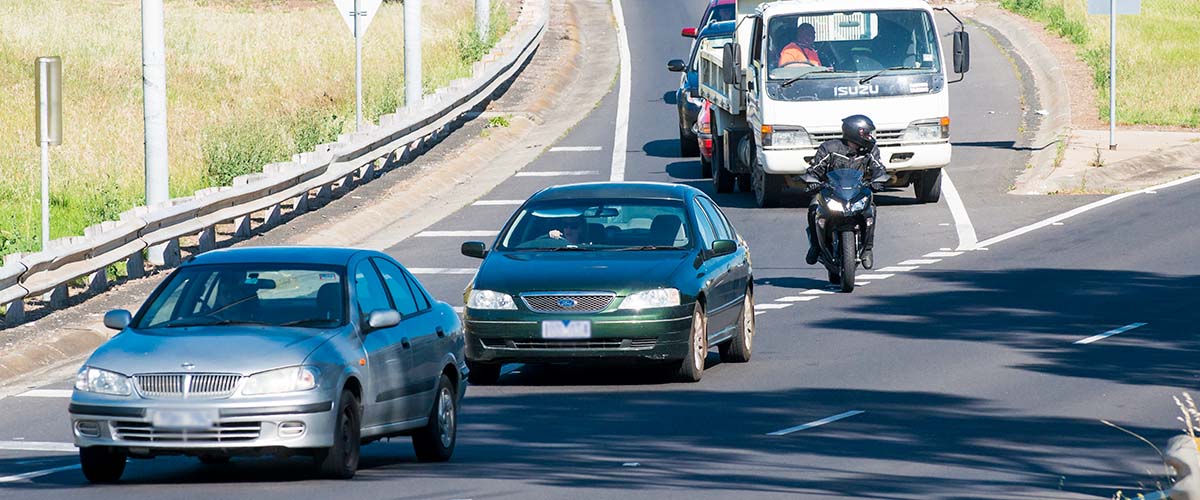Anteris Technologies (ASX:AVR) has reported 30-day data from the US Early Feasibility Study (EFS) for DurAVR Transcatheter Heart Valve (THV).
The company said preliminary results 30 days post-procedure included data from 12 out of the 15 enrolled patients (three patients awaiting scheduling), with a mean age of 81, 67 per cent female, and mean annulus diameter of 22.2 +/- 0.8 mm.
Anteris said that in addition to positive haemodynamic results, the trial has so far shown excellent safety data, with no incidence of stroke, myocardial infarction, life-threatening bleeds, or all-cause mortality.
Anteris chief medical office Dr Chris Meduri said, “These haemodynamics are unparalleled. There’s other exciting things as well. This biomimetic valve not only allows us to have this acute improvement in flow from a classic haemodynamic performance, but also we’ve seen on cardiac MRI, normalization of laminar flow out of the aorta. It’s also likely to have significant implications as we think about the long-term durability of the valve, stress on the leaflets, but also aortopathies, potentially inflammation, other things as well.”
According to study chair Dr Michael Reardon, “As a surgeon, we’ve known for decades that the bigger EOA you start with, the longer your valve is going to last, the better you’re going to do both short-term and long-term. So not only will this be a great valve for older people, but for younger people who want to stay active, this is going to be a great valve.”
Anteris CEO Wayne Paterson added, “This excellent trial data continues to show the benefits of the first-in-class biomimetic valve DurAVR. Coupled with our premium anti-calcification treatment ADAPT and our Balloon Expandable delivery system (ComASUR) the Company has demonstrated real innovation in valve design leading to these results. We continue to build on our data which includes 39 TAVR patients and 50,000 ADAPT patients across the world. The Company is extremely grateful to the physicians and patients who participated in this study.”








